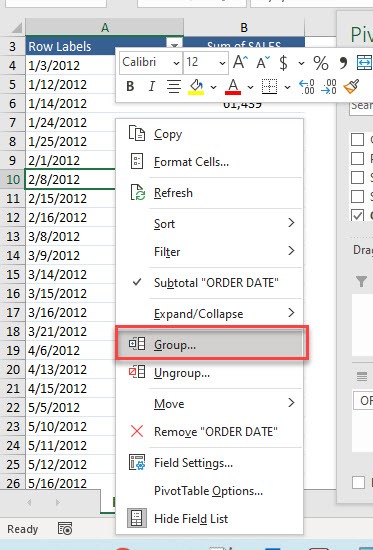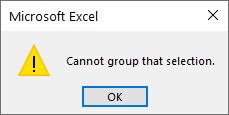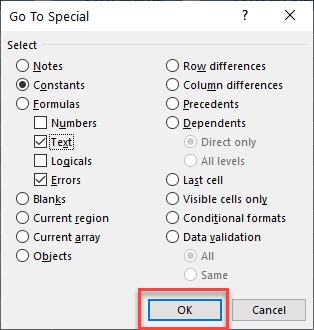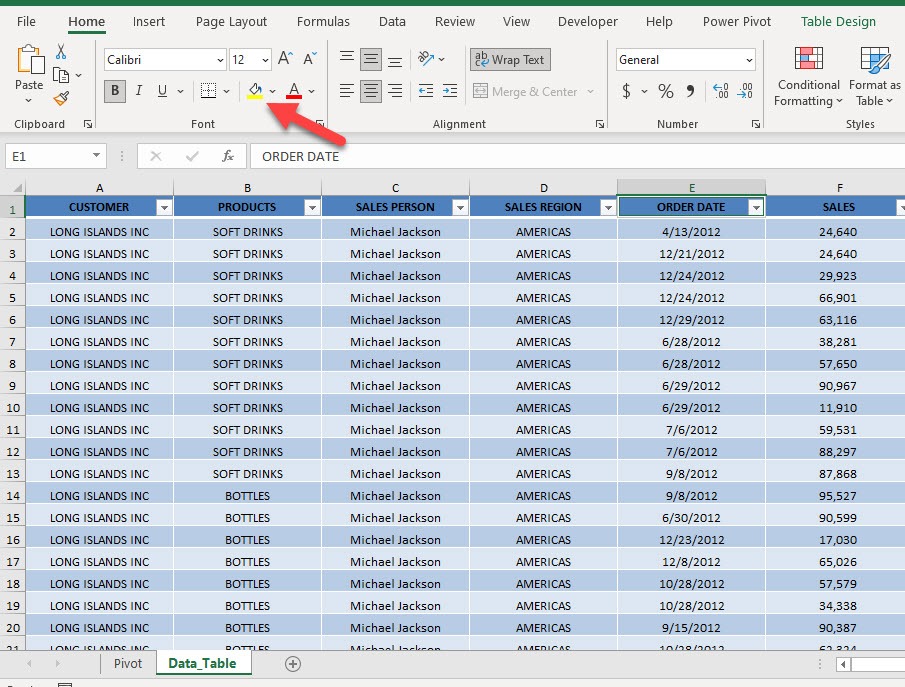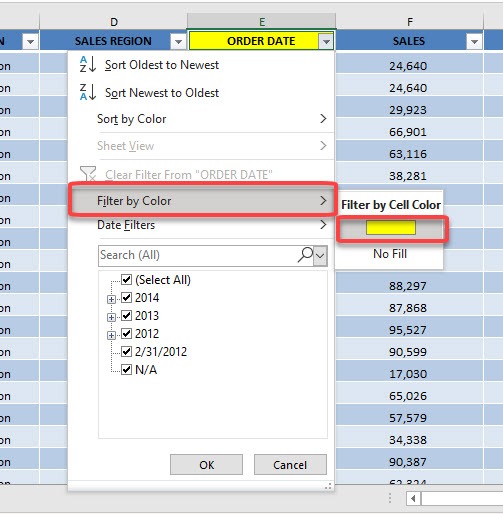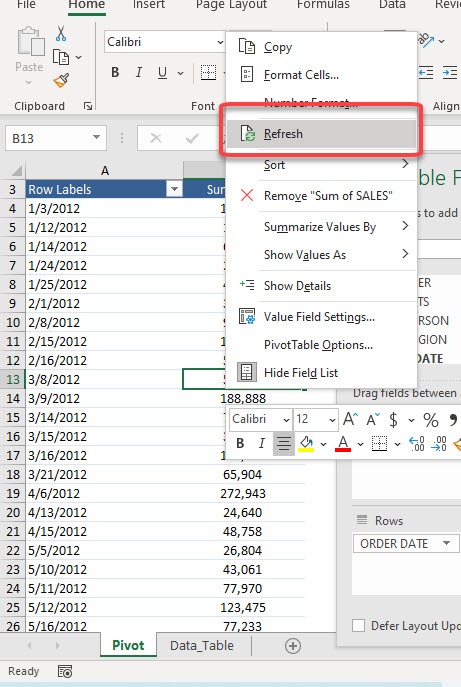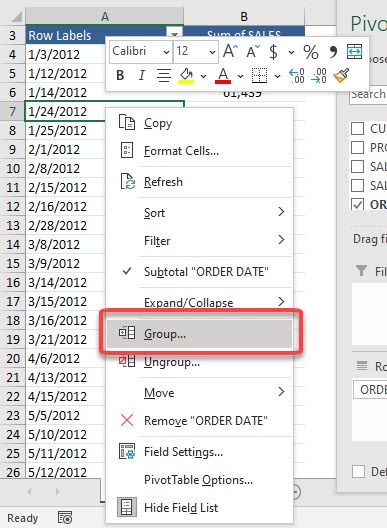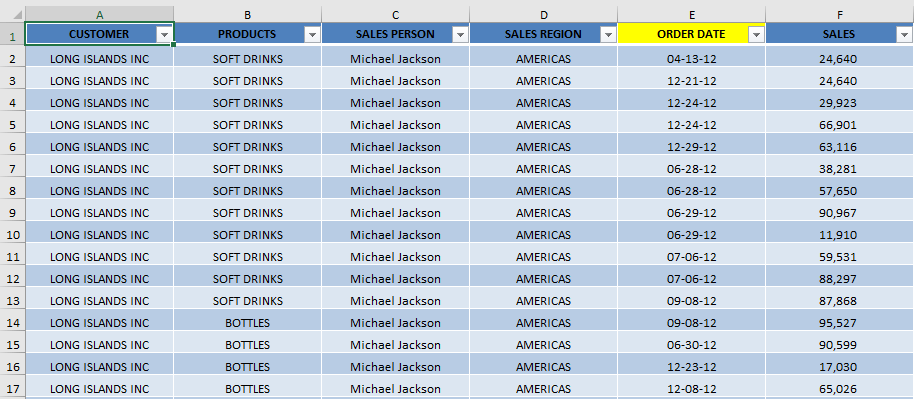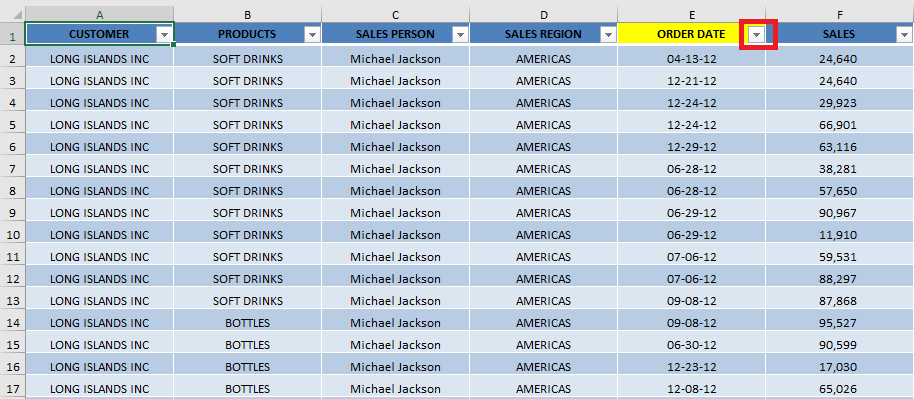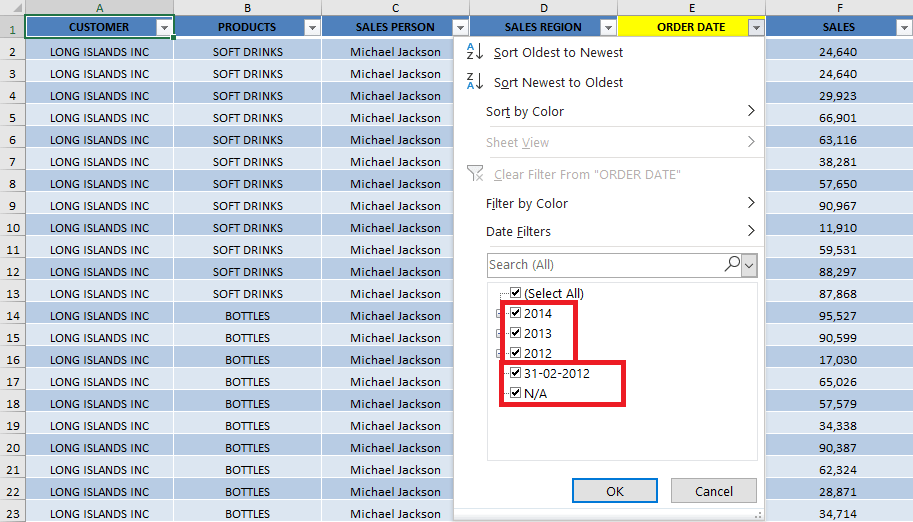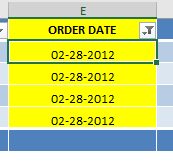Excel Pivot Tables are a powerful tool for summarizing and analyzing large datasets. One of the most common operations in Pivot Tables is grouping dates—by months, quarters, or years—to identify trends over time. However, many users encounter the frustrating “Cannot group that selection” error. This error typically occurs when the date column contains invalid data, such as blanks, text, or error values. While the error message itself doesn’t explain the cause, knowing how to identify and fix these issues can save a lot of time and frustration.
In this article, we will explore the causes of grouping errors and provide practical methods to fix them, ensuring your Pivot Tables work smoothly.
Key Takeaways:
- Pivot Tables allow grouping dates by days, months, quarters, or years to summarize trends quickly.
- The “Cannot group that selection” error occurs when the date column contains blanks, text, or error values.
- Go To Special in Excel can help identify problematic cells for quick correction.
- Filters can also isolate invalid dates, making it easier to fix them in large datasets.
- Cleaning and standardizing date data ensures smooth Pivot Table grouping and accurate analysis.
Exercise Workbook:
Table of Contents
Understanding Date Grouping in Pivot Tables
What is Pivot Table Grouping by Dates?
Pivot Tables in Excel are a powerful tool for summarizing and analyzing large datasets. One of the most useful features is grouping dates, which allows you to automatically aggregate data into meaningful time periods such as days, months, quarters, or years.
For example, if you have daily sales data for an entire year, grouping by month in a Pivot Table instantly shows total sales per month without the need for additional formulas or helper columns. Similarly, grouping by quarter or year helps you analyze long-term trends and performance at a glance.
This feature not only simplifies reporting but also makes it easier to spot patterns and make data-driven decisions. However, despite its usefulness, users often encounter errors when attempting to group dates—errors that can halt your analysis if not addressed.
Common Causes of Grouping Errors
Grouping errors in Pivot Tables usually occur because of inconsistencies in the date column. The most common causes are:
- Blank Cells – Any empty cell in the date column can prevent grouping.
- Text or Incorrectly Formatted Dates – Dates stored as text or imported from other sources may not be recognized as valid dates by Excel.
- Error Values – Cells containing #N/A, #VALUE!, or #REF! will block grouping.
- Mixed Data Types – A column that mixes valid dates, numbers, and text confuses Excel’s grouping function.
Methods to Fix Errors when grouping by dates
Method 1: Use Go To Special
STEP 1: Right-click on any date in the Pivot Table and select Group
We get the “Cannot group that selection” error message. There is something wrong with our dates in the data.
STEP 2: Let us look for errors! Select the ORDER DATE column and press CTRL + G then click Special
STEP 3: Select Constants, Text, and Errors.
This will get the dates that have errors. Click OK.
STEP 4: The errors are now selected although we cannot see them. Click highlight and select any color.
STEP 5: Click on the arrow beside the column and select Filter by Color
You will now see the dates with errors. Let’s make a quick fix with these 4 dates.
Now the dates are fixed.
STEP 6: Right-click anywhere on your Pivot Table and select Refresh
STEP 7: Right-click on any date in the Pivot Table and select Group
It is working now!
Method 2: Use Filters
A quick and easy way to find invalid data in the date column is to use the filter buttons. The filter dropdown will group all valid date values and all the dates containing errors will be left at the bottom of the list (ungrouped).
This is because Excel will not recognize those error values as dates and will store them as text.
In the example below, let us use the filters to find out the cells containing invalid data!
STEP 1: Click anywhere on the table.
STEP 2: Go to Data > Filter.
STEP 3: Click the filter button for the ORDER DATE column.
As you can see all the correct dates have been grouped and the incorrect ones have been listed below.
STEP 4: Uncheck the date groups and click OK.
Now the column will display only the incorrect dates.
Let us quickly fix them and see how the grouping feature starts working again in no time!
FAQs
1. Why am I seeing “Cannot group that selection” in my Pivot Table?
This error usually occurs because some cells in your date column are invalid. Common causes include blank cells, text stored as dates, error values like #N/A, or mixed data types. Excel cannot group a column unless all values are valid dates. Checking and correcting these entries will resolve the issue. Once fixed, grouping will work as expected.
2. How can I quickly find invalid dates in my dataset?
You can use the Go To Special feature by pressing CTRL + G → Special → Constants → Text & Errors. Excel will select all cells that contain text or errors. You can then highlight them or filter by color to spot and correct the invalid entries. This is especially useful for large datasets. Fixing these cells allows the Pivot Table to group dates correctly.
3. Can filters help me fix grouping errors?
Yes. Applying a filter to the date column separates valid dates from invalid ones. Excel lists correct dates in groups and shows invalid or unrecognized dates at the bottom. You can then uncheck the valid dates to isolate the incorrect ones. After fixing the invalid dates and refreshing the Pivot Table, grouping will work.
4. What are the most common types of invalid data in date columns?
Invalid data usually includes blank cells, text entries that look like dates, error values like #VALUE! or #REF!, and mixed data types in a single column. Even one invalid cell can prevent grouping. Regularly checking your dataset can help avoid these issues. Ensuring all cells are formatted as proper dates is essential.
5. How can I prevent grouping errors in the future?
Always ensure your date column contains valid, consistent dates before creating a Pivot Table. Use Data Validation to restrict inputs to dates only. Avoid copying data from external sources without cleaning it. Regularly check for blanks, text, or error values. Keeping the dataset clean ensures smooth grouping and accurate Pivot Table analysis.

Bryan
Bryan Hong is an IT Software Developer for more than 10 years and has the following certifications: Microsoft Certified Professional Developer (MCPD): Web Developer, Microsoft Certified Technology Specialist (MCTS): Windows Applications, Microsoft Certified Systems Engineer (MCSE) and Microsoft Certified Systems Administrator (MCSA).
He is also an Amazon #1 bestselling author of 4 Microsoft Excel books and a teacher of Microsoft Excel & Office at the MyExecelOnline Academy Online Course.
